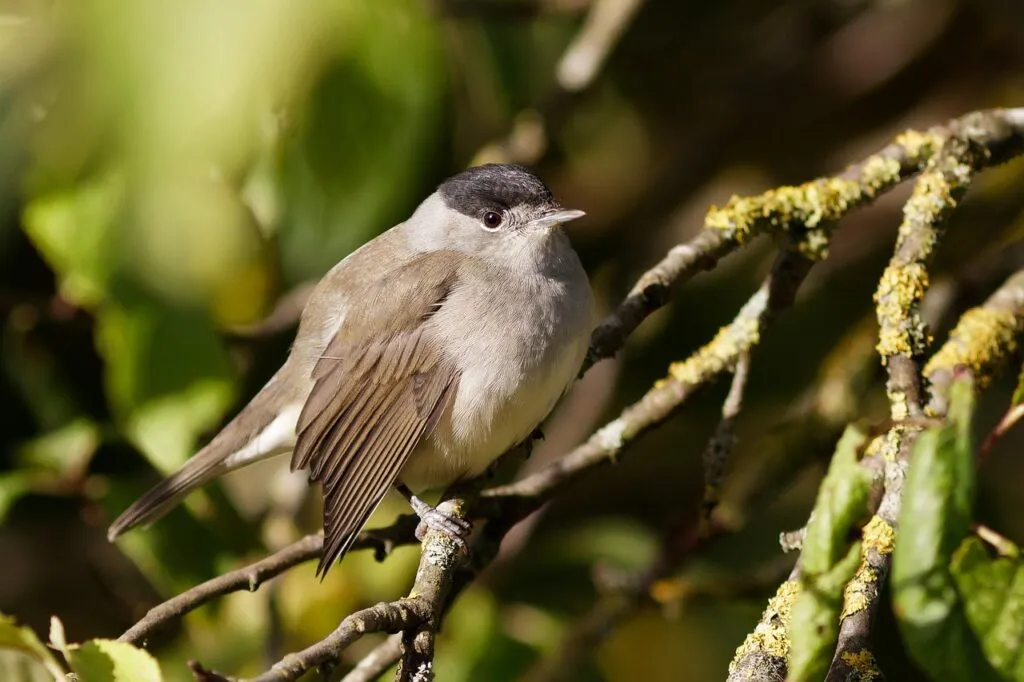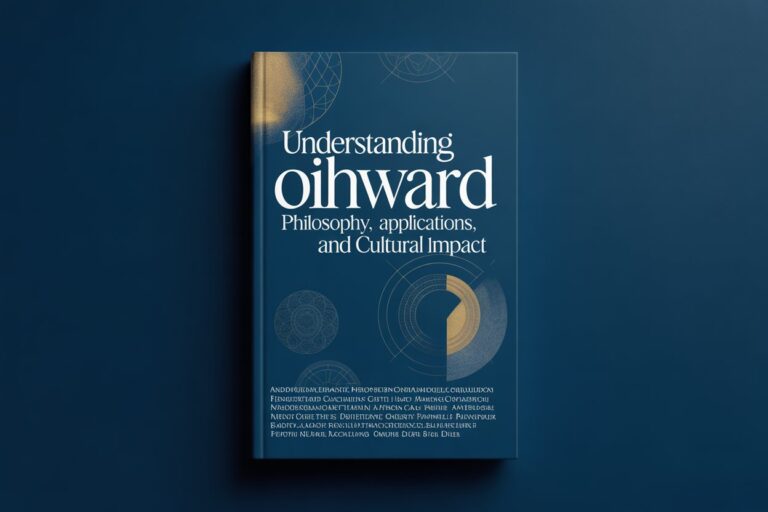Speciering Science of How New Species and Forms Emerge
Speciering is the fascinating process that explains how the incredible diversity of life on Earth came to be. From the tiniest microbes to the most complex mammals, every organism has emerged through this continuous cycle of change and adaptation. At its core, speciering describes the mechanisms through which new species and forms evolve, shaping the vast tapestry of life we see today. By studying speciering, scientists uncover the hidden patterns of evolution and gain deeper insight into how genetic variation, environmental pressures, and time work together to create new life. Ultimately, understanding speciering helps us appreciate the delicate balance that sustains biodiversity across our planet.
What Is Speciering?
Speciering refers to the process through which new species arise from existing populations. This transformation occurs when groups of organisms become genetically distinct enough that they can no longer interbreed successfully. Over time, these isolated populations adapt to different environments or behaviors, leading to the birth of entirely new species.
Speciering is a cornerstone of evolutionary biology—it explains how life evolves, adapts, and diversifies in response to environmental challenges, genetic variation, and natural selection. Every plant, animal, and microorganism on Earth is a product of this remarkable phenomenon.
How Human Activities Influence Speciering
Human influence on speciering is complex. On one hand, deforestation, urbanization, and pollution create isolated habitats, sometimes encouraging new species to form. On the other hand, these same forces can destroy ecosystems and drive species to extinction.
Climate change forces organisms to adapt, migrate, or perish—altering evolutionary pathways. In chemistry, human activity can modify chemical speciation, increasing pollution risks. Selective breeding, genetic engineering, and synthetic biology represent artificial forms of speciering, raising ethical questions about human intervention in nature’s course.
The Importance of Speciering in Evolution
Speciering plays a crucial role in driving evolution forward. Without it, life would remain static, with no room for new adaptations or forms. Through this process, species acquire unique traits that help them survive in specific conditions—whether it’s the camouflage of a snow leopard or the drought resistance of a desert cactus.
Its ensures the continuity of life by promoting diversity. When environmental conditions shift, only the most adaptable species persist. This ongoing cycle of change and adaptation is what keeps ecosystems resilient and dynamic.
The Main Types of Speciering
There are several pathways through which speciering occurs, each driven by different factors:
Allopatric Speciering
This form happens when a population becomes geographically separated—by mountains, rivers, or oceans. Over time, genetic differences accumulate as each group adapts to its unique environment. Eventually, these populations become distinct species. A classic example is Darwin’s finches in the Galápagos Islands, which evolved different beak shapes based on food availability.
Sympatric Speciering
Unlike allopatric speciering, sympatric speciering occurs without physical separation. Here, differences arise due to ecological or behavioral changes within the same area—such as variations in diet, mating habits, or resource use. Many plant species undergo sympatric speciering through polyploidy, where changes in chromosome number create instant reproductive barriers.
Parapatric Speciering
This occurs when populations live in adjacent habitats but experience distinct environmental pressures. Over time, genetic divergence leads to limited interbreeding and the formation of new species along ecological boundaries.
Each type of speciering demonstrates nature’s creativity in evolving life forms through adaptation, separation, and innovation.
Genetic and Environmental Factors in Speciering
The driving forces behind speciering are both genetic and environmental. Mutations introduce new genetic variations, while natural selection filters those traits based on survival advantage. Over generations, small changes accumulate, leading to large-scale transformations.
Environmental pressures—such as climate change, habitat fragmentation, or competition for resources—can accelerate speciering. For instance, when two groups of the same species adapt to different diets or climates, their physical and behavioral traits gradually diverge, creating new species boundaries.
Examples of Speciering in Nature
Nature provides countless examples of speciering in action:
- Darwin’s Finches: On the Galápagos Islands, finches evolved distinct beaks suited to various food sources, illustrating adaptive radiation.
- Cichlid Fish in African Lakes: Hundreds of cichlid species evolved from common ancestors due to variations in water depth, diet, and mating behavior.
- Apple Maggot Flies: In North America, some populations shifted from feeding on hawthorn trees to apples, leading to reproductive isolation and eventual speciering.
These examples show how minor ecological changes can trigger massive evolutionary shifts over time.
Human Influence on Speciering
In today’s rapidly changing world, human activity has become a major factor influencing speciering. Deforestation, climate change, and urbanization alter habitats, forcing species to adapt or perish. In some cases, these pressures accelerate the formation of new species; in others, they lead to extinction.
Interestingly, new forms of speciering may even emerge in urban environments. For example, city-dwelling birds or insects adapt to pollution, artificial light, and human-made structures—creating new evolutionary pathways.
Speciering Beyond Biology: A Broader Perspective
While speciering is primarily a biological concept, it also symbolizes transformation across systems. In technology and culture, “speciering” can describe how ideas, languages, or innovations evolve over time. Just as species diversify in nature, technologies branch out into new forms through adaptation and innovation.
This broader interpretation underscores the universality of speciering—it’s not just about biology but about how change and diversity shape every aspect of life.
Future of Speciering Research
Modern genetics and artificial intelligence are revolutionizing how scientists study speciering. Advanced genome sequencing allows researchers to pinpoint genetic changes that lead to new species. Meanwhile, AI modeling predicts how environmental shifts might trigger future speciation events.
As research progresses, our understanding of speciering continues to evolve, revealing the intricate dance between genes, environment, and time.
Why Studying Speciering Matters
Understanding speciering helps us appreciate life’s complexity and resilience. It provides essential insights for conservation biology, as protecting genetic diversity is vital for species survival. By studying how species form and adapt, scientists can better predict how ecosystems will respond to global changes—and how humanity can help preserve them.
Conclusion
Speciering is more than just a scientific process it’s a story of adaptation, survival, and renewal. Through countless generations, life continues to reinvent itself, giving rise to the astonishing diversity we see today.
By exploring speciering, we gain a deeper understanding of evolution’s creative force—and of our own place within this ever-evolving web of life. The science of how new species and forms emerge reminds us that change is the essence of existence, both in nature and beyond.






